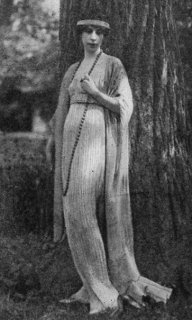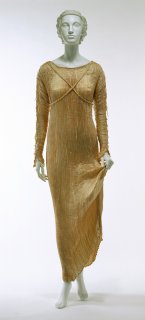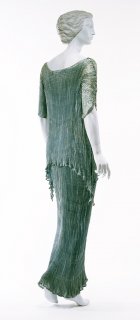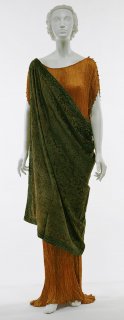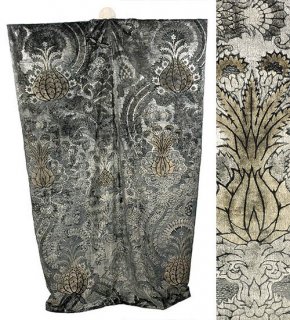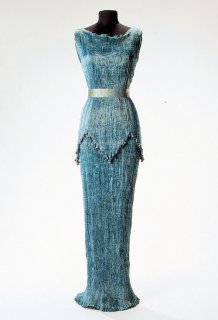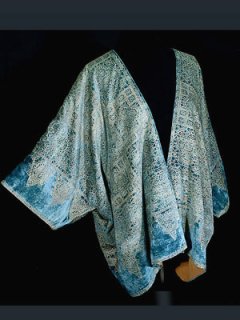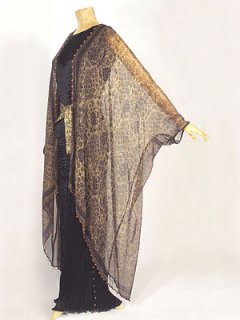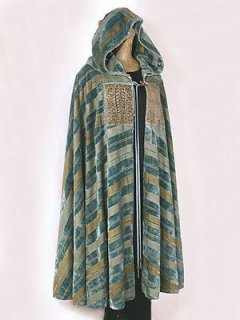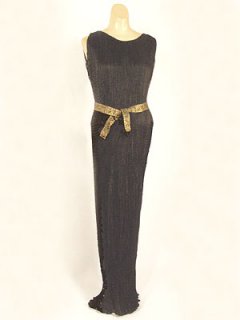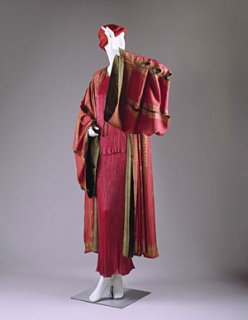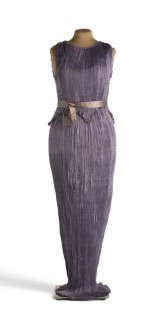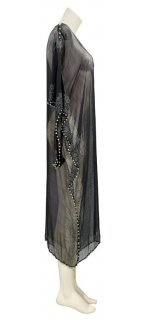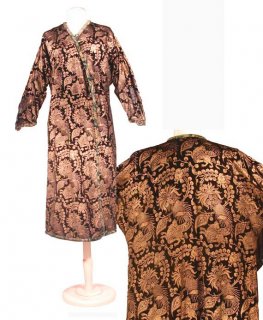DosViolines
far from home...
- Joined
- Aug 21, 2005
- Messages
- 3,219
- Reaction score
- 12
I did a search, but couldn't find any thread on Fortuny.
wikipedia
"Mrs. Condé Nast wearing one of the famous Fortuny tea gowns. This one has no tunic but is finely pleated, in the Fortuny manner, and falls in long lines, closely following the figure, to the floor."
wikipedia
Mariano Fortuny y De Madrazo,(May 11, 1871 - May 3rd, 1949), Spanish fashion designer, opened his couture house in 1906 and continued until 1946.
Fortuny was born to an already artistic family in Granada Spain. His father, a genre painter, died when Fortuny was three years old and his mother moved the family to Paris. It soon became apparent at a young age that Fortuny was a talented artist, displaying an early ability as a painter. The family moved again in 1889 to Venice. Fortuny traveled seeking influence throughout Europe, one of these people being the German composer Richard Wagner. Fortuny became quite varied in his talents, some of them including painting, photography, sculpting, architecture, etching and even theatrical stage lighting. In 1897 he met his future wife Henriette Negrin in Paris France. He died in his home in Venice and was buried in the Campo di Verano cemetery in Rome.
He is famous for the Delphos gown, a gown based on the ancient Grecian style. Fortuny also created new methods of dying textiles and well as ways of printing on fabrics. He created the Fortuny cyclorama dome, a stage lighting innovation that could be used to create lighting effects such as a bright sky or a faint dusk. He also is remembered for his brightly coloured pleated gowns.
"Mrs. Condé Nast wearing one of the famous Fortuny tea gowns. This one has no tunic but is finely pleated, in the Fortuny manner, and falls in long lines, closely following the figure, to the floor."


